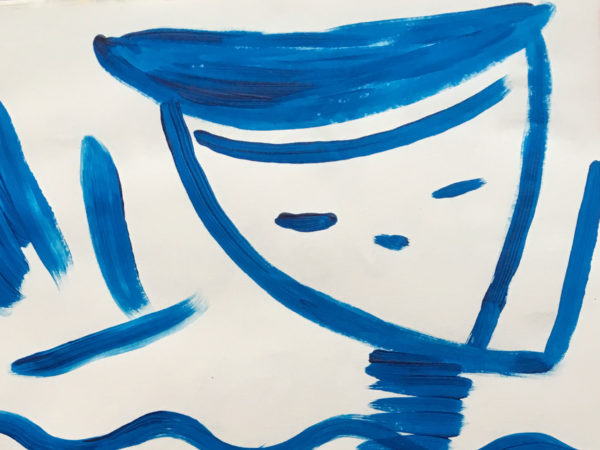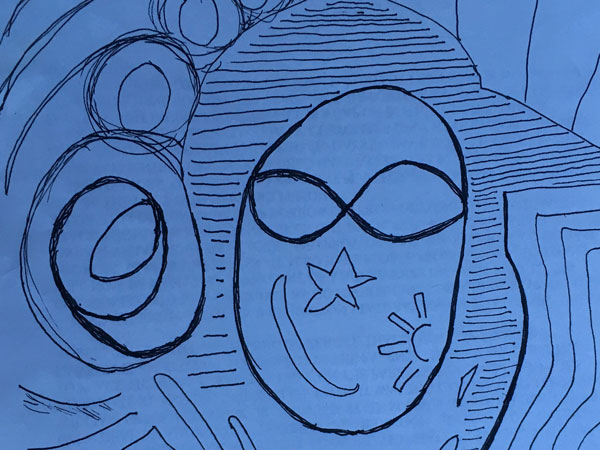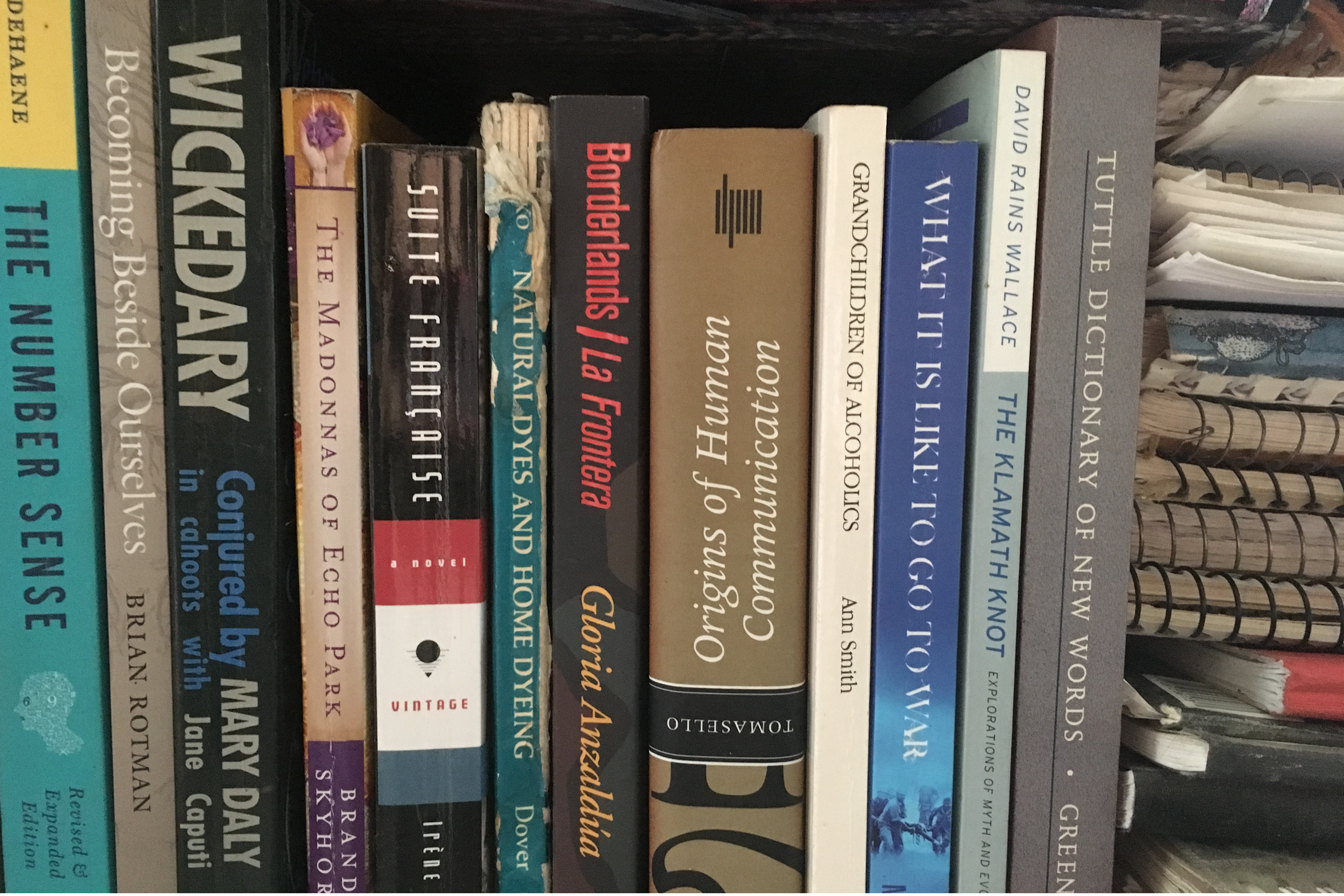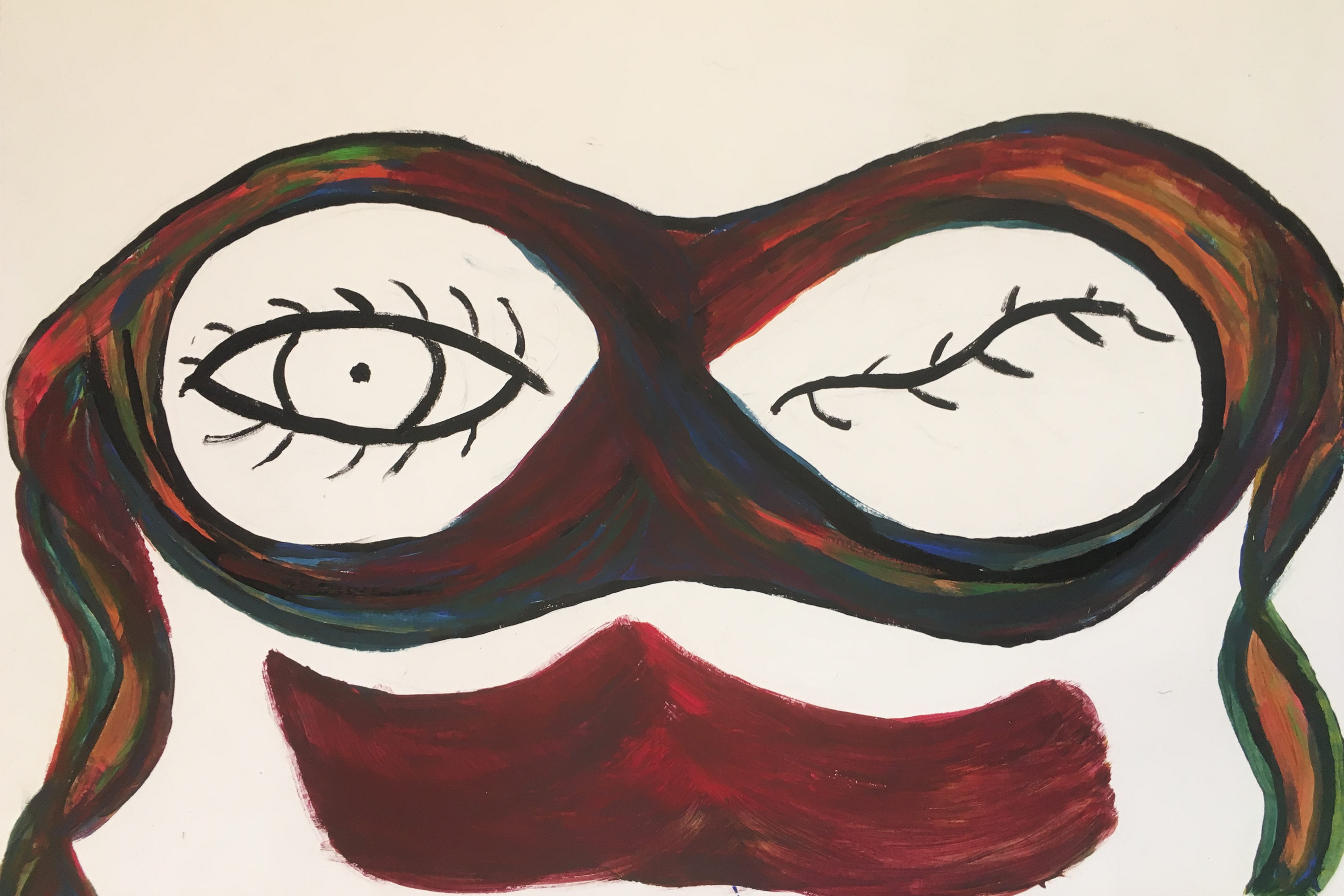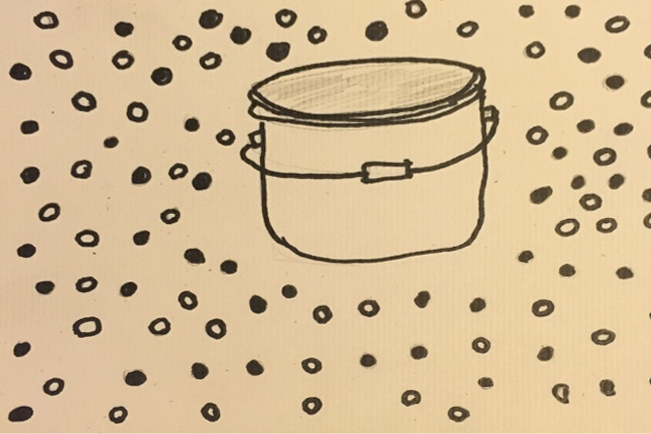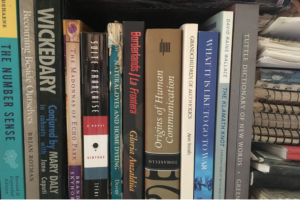 Writing to Learn is the notion that when you are trying to learn something new, writing about it will help you learn it faster and better. Even writing about how you don’t know anything about the subject can help you start understanding things sooner. This method was invented by writers, of course, which can make you mistrust it. I can vouch for it, though. It has served me well at learning many things I wasn’t so sure I could learn. Math, in particular.
Writing to Learn is the notion that when you are trying to learn something new, writing about it will help you learn it faster and better. Even writing about how you don’t know anything about the subject can help you start understanding things sooner. This method was invented by writers, of course, which can make you mistrust it. I can vouch for it, though. It has served me well at learning many things I wasn’t so sure I could learn. Math, in particular.
The reason why this happens has more to do with how your mind works than how writing works.
Your mind is constantly going back over things. Think about how agile it can be at coming up with clever things to say after a conversation has ended. Once your mind watches you “fail” at explaining something to yourself, it will keep resifting the information it has, looking for ways to put everything together in a way that makes sense.
When new information pours into your mind from the outside, it can leak out pretty quickly. One way to slow the leakage is to tangle this information with thoughts that you already have. Writing about what you are trying to learn helps you to make those entanglements. It is a way of inviting the information to stick around long enough for you to notice what other ideas you have that relate to it.
The writing style for Writing to Learn is entirely personal. Of course it’s good try to write in a way that is orderly and complete, but you aren’t striving to write something that somebody else will understand in the same way that you do. Writing to Learn is like writing letters to yourself about what you are finding out.
Here is a way to practice Writing to Learn. Next time you set about trying to learn something new, give it a try.
Fold a page so it is divided into four sections. Write one of the headings below at the top of each one. Each time you grapple with the subject, write about it for 15 or 20 minutes, filling in under the headings. If you find you need more room, you might need to change how you organize the writing, but stick with the four headings.
Use a notebook or a folder to keep all your pages together. After a few sessions, your mind will start working on its own, reorganizing the new ideas when you aren’t really thinking about them, looking for ways to fit everything together, making you curious and eager for more. When you read over what you’ve written and make corrections or add ideas, this is called “studying.”
What I see
Make a list of everything in front of you related to what you are trying to learn. Maybe it’s information from a book or from the internet. Maybe it’s something that you are physically tinkering with. Include ideas, words or images that you can see in your mind, as well as concrete things in front of you. Maybe you will see things change. Maybe you will see things happen. Maybe you won’t. Just write down everything that you can find in the world and in your imagination that could turn out to be important to what you are trying to learn.
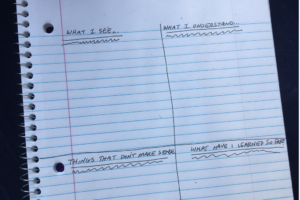 What I understand
What I understand
Explain everything you know about what you have been seeing. What are the important parts? What things are related? Is there cause-and-effect going on? Are some things clearly the same? Are other things obviously different? Make some predictions.
Things that don’t make sense
Trying to explain something to yourself often runs you straight into what you don’t understand yet. All the different aspects of what you are trying to learn about ought to go together in some sensible way. But they probably don’t yet. So make the best list you can of the parts that don’t seem to fit together. Are there things that seem unrelated and unimportant?
What have I learned so far?
Just answer the question in a way that makes sense to you.
Recently I had dinner with a friend who is an artist and an art teacher. “You never really understand something until you have learned to draw it,” she declared with absolute certainty.
Perhaps you want to include some drawings in your Writing to Learn notebook as well.
